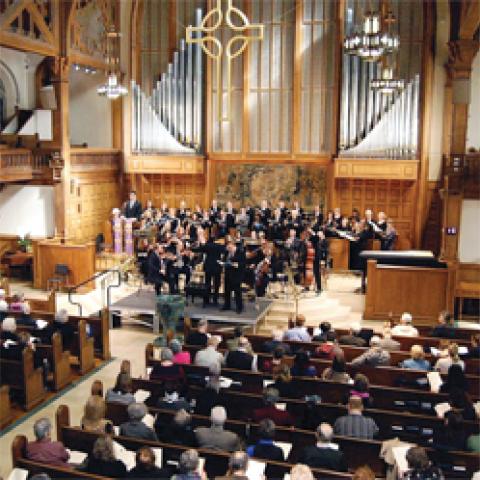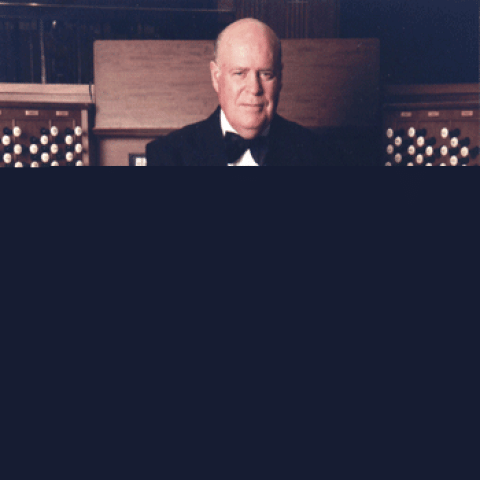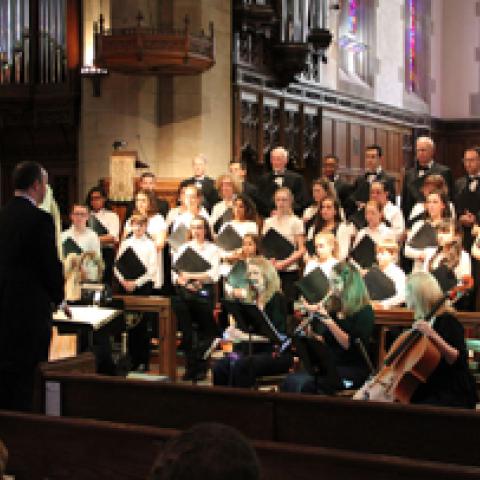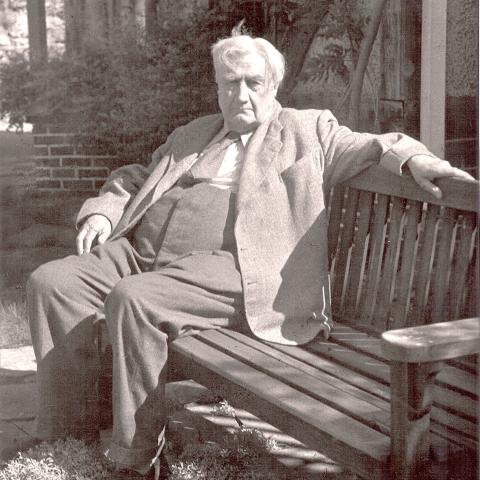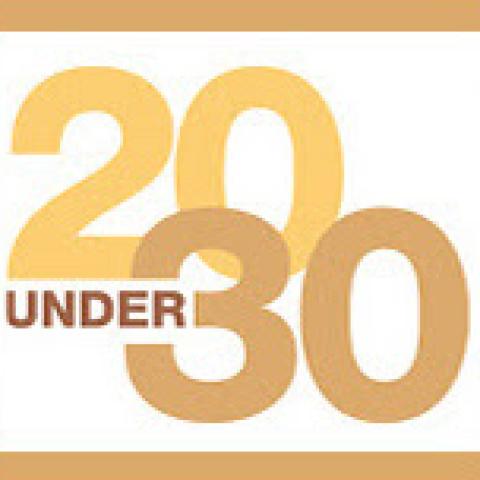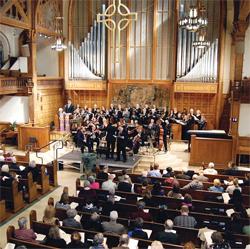
Madison Avenue Presbyterian Church, New York, New York, continues its Saint Andrew Music Society events for 2018–2019:
February 10, duoSeraphim, with Sarah Hawkey, soprano, and Niccolo Seligmann, viola da gamba;
2/24, Tchaikovsky and His Contemporaries, with the Russian Chamber Chorus of New York;
March 3, Peter Vinograde and friends;
3/10, Neave Piano Trio;
3/24, Tami Petty, soprano, with Michael Scheetz, piano;
3/29, students of the organ department of Manhattan School of Music;
April 7, Vaughan Williams, Sancta Civitas; Britten, The World of the Spirit, with the Saint Andrew Chorale & Orchestra;
4/28, Margaret Mills, piano;
May 5, New York City Children’s Chorus.
For information: www.mapc.com/music/sams.

